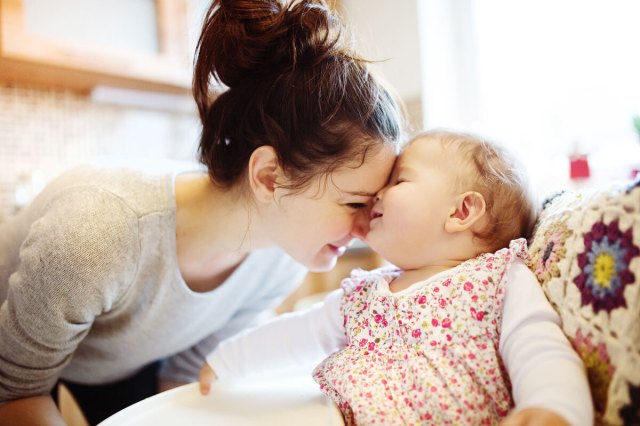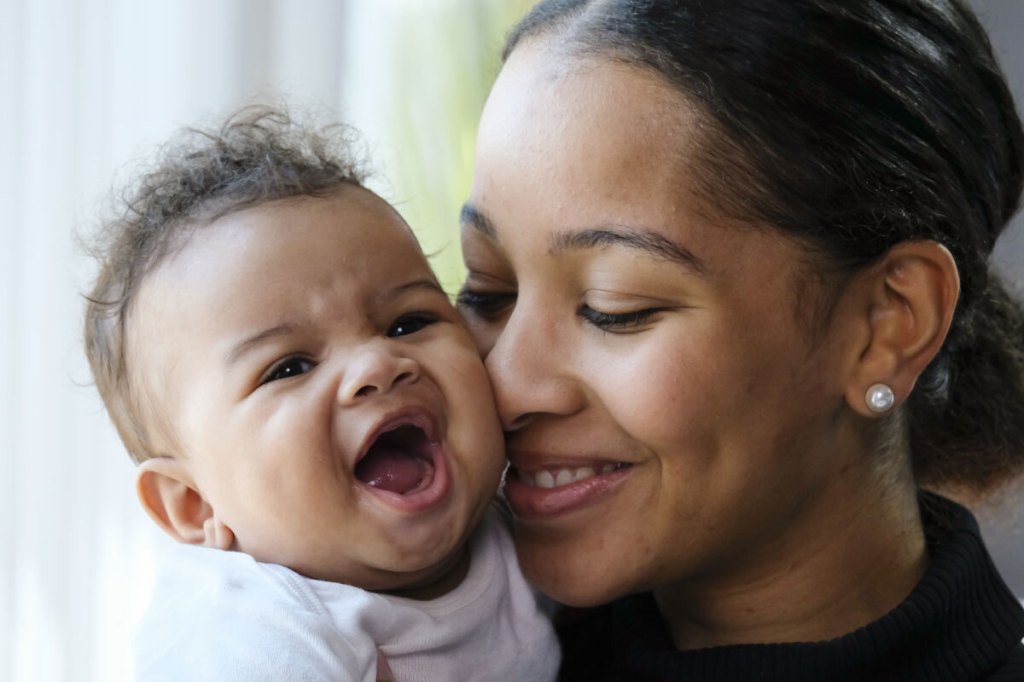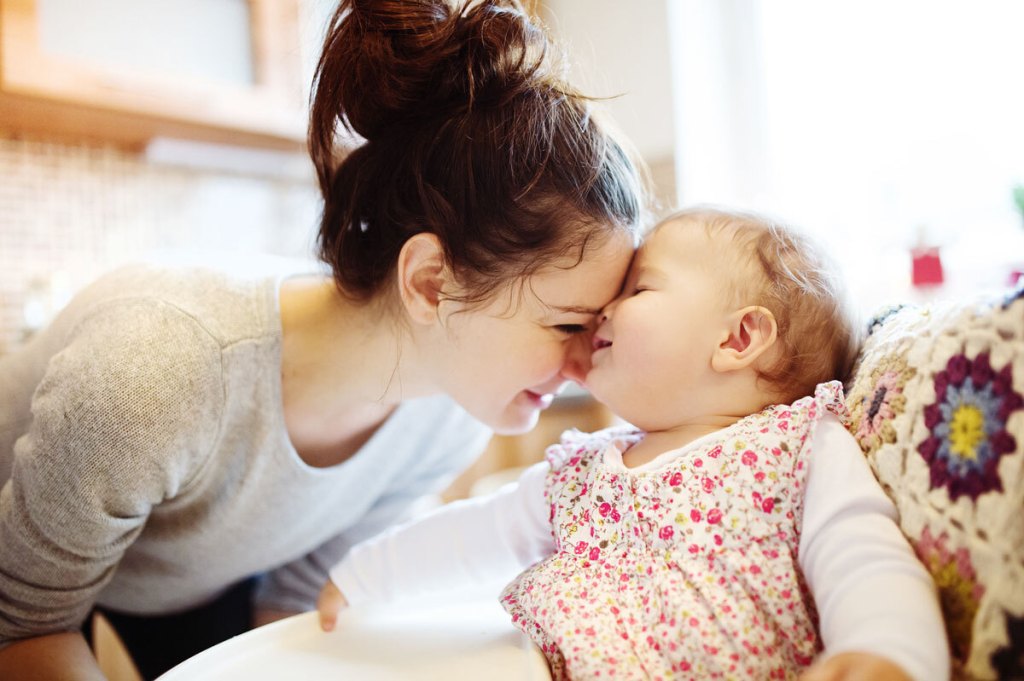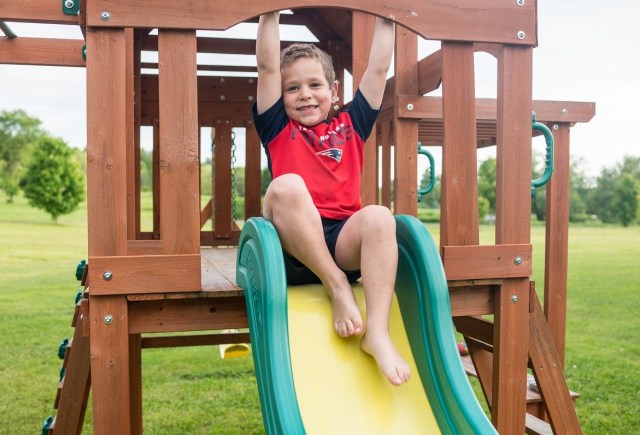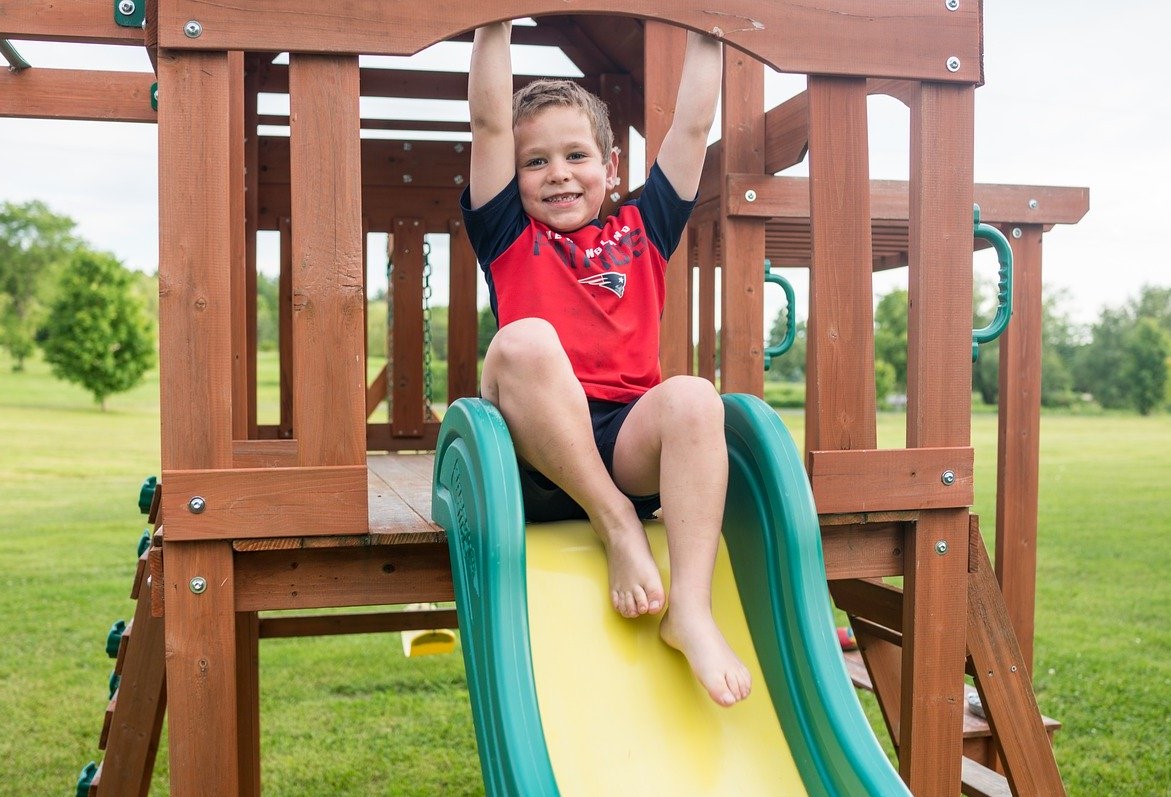
Editor’s Note: Here at Red Tricycle, we respect and celebrate every mom’s feeding journey. Bottle? Boob? It doesn’t matter—we believe fed is best. Our Spoke Contributor Network is inclusive and open to all parenting journeys—yours, too!
Neither of my breastfeeding experiences went exactly as planned. The first time around, I had no reason to think that I wouldn’t have a full milk supply. I read all the books, I took the class, I even researched what to do if my baby had a tongue-tie, since I knew that ties ran on my husband’s side of the family.
Not once had anyone told me that it might not be possible to make a full supply. I hadn’t seen the signs, because I didn’t know to look for them. I assumed that I would be capable of exclusively breastfeeding, and even had fantasies about making so much that I could donate milk to moms in need.
Surprise! My body had different plans for me. I didn’t know that when my breasts had developed as a teenager, they developed with an under-researched and widely misunderstood deformation called hypoplasia. I always knew they were what I would describe as “weird,” but I had no idea there was a name for their uniqueness.
Hypoplasia is associated with its sister diagnosis, Insufficient Glandular Tissue (IGT). The constricted formation of the breasts that occurs with hypoplasia can cause the glands to become underdeveloped. Hormonal or environmental disruptions during any of the four stages of breast development can cause it. This often equals less milk, but not in every case.
There are many other physiologic factors that can result in low supply, many of which are common for those with hypoplasia, such as thyroid dysfunction, insulin resistance, PCOS, and low prolactin levels. For me, the boxes that I checked (determined by bloodwork or visual assessment) were hypoplasia, hypothyroidism, and insulin resistance. You can see how it was the perfect cocktail for low supply, and how complicated it can be to diagnose the underlying problem(s). It’s largely a process of elimination.
Perpetuating the myth that every biological female is capable of breastfeeding does more harm than good. The above hormonal health issues are not uncommon amongst women of reproductive age. In the low supply community, there is an overarching frustration that, despite all the breastfeeding preparation we go through, not once did anyone ever tell us that it may not be possible to have a full supply.
I’m also a doula, and there’s not much awareness in the birth sphere about physiologic reasons for low milk supply. Moms who experience low supply are usually treated as if they are capable of having a full supply—there’s just something that they’re doing wrong. Just take some fenugreek, eat some oatmeal, and nurse on-demand.
The implication of this one-size-fits-all treatment of low-suppliers is a real shame because these moms don’t get the help they need and may walk away from breastfeeding feeling like a failure. It’s common to internalize the experience, with thoughts like, “What kind of a mother am I if I can’t even feed my own child?”
Last year during World Breastfeeding Week, I shared a bit about my personal story with having a low supply on my Facebook page. A well-meaning doula friend launched into “Well, did you try this?” Yes. Yes, I did. “How about this?” Yes. “Well usually when you do it this way, then this happens…” And so forth. I eventually just stopped replying, painful thoughts bubbling to the surface even though I hadn’t attempted to breastfeed in a year.
If you’re currently struggling with low supply, just know that it’s not always just a supply and demand problem. Seek help from a breastfeeding consultant, and shop around for one that specializes in low supply. There is a wide spectrum of the amount of understanding about the topic even among breastfeeding professionals.
And if you know someone currently in the trenches, please support their efforts and tell them that they’re a good mom, and the size of their supply doesn’t equal the size of their love for their baby. And for goodness sake, whatever you do, don’t shame them for supplementing. Babies have to eat, whether it be their mother’s milk, another mother’s milk, or formula. Remember, the size of your supply does not determine your worth as a mother. Everyone’s journey is different, and every drop counts.







